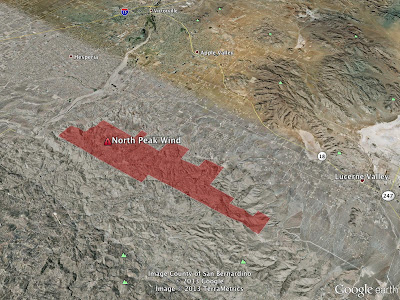When Education Becomes "Misuse"

BrightSource Energy does not want you to see photographs of birds burned by its solar power tower technology, according to an excellent article in the Press-Enterprise . The company's archaic solar design involves thousands of giant mirrors heating up a cauldron at the top of a tower (taller than the Statue of Liberty) to generate steam. The company also uses natural gas to keep the boilers warm, so it is not entirely "clean" energy, unless you think fracking is clean. The air above the field of mirrors can become super-heated, and burn birds' feathers and damage their eyes, according to wildlife experts and a study at a similar facility in the 1980s. The photos were presented in a special closed door session of the California Energy Commission (CEC) proceeding for BrightSource's proposed Hidden Hills Solar project, only after the CEC issued a subpoena to get them. According to a BrightSource statement to the Press-Enterprise, the company is afraid of that



